Seed Trays with Lids: Do They Actually Improve Germination Rates?
2025-07-23 18:13:47
Why the Right Seed Tray Matters
When starting seeds indoors or in greenhouses, choosing the right seed tray can mean the difference between a thriving garden and a disappointing germination rate. While basic seed trays are common, more gardeners are turning to seed trays with lids—but do they actually improve results?
In this article, we explore whether seed trays with lids truly increase germination success. We'll break down the science behind humidity domes, compare them to uncovered trays, and offer practical advice for maximizing seedling health—with no gimmicks or overpriced competitors.
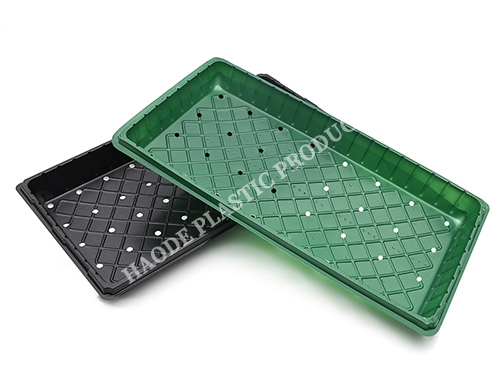
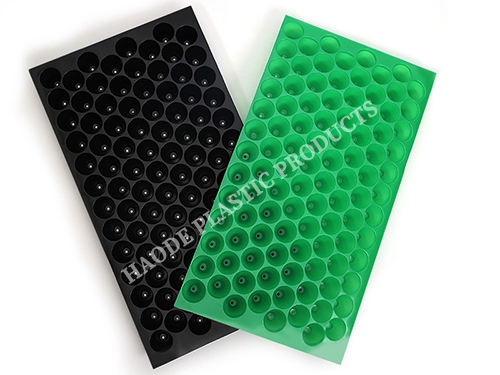
1. What Are Seed Trays with Lids?
Seed trays with lids, often called propagation trays or humidity domes, are plastic containers with transparent covers. These lids help create a microclimate that mimics a greenhouse environment—retaining heat and moisture around the seeds.
Key Features:
·Transparent dome for light penetration
·Ventilation holes to regulate airflow
·Durable tray with segmented cells or open space
·Reusable and stackable for easy storage
These trays are especially popular among indoor gardeners, hydroponic growers, and greenhouse enthusiasts.
2. The Science Behind Germination: Heat + Humidity
Seed germination requires three main factors:
1.Moisture
2.Warmth
3.Oxygen
Lids on seed trays trap humidity and heat, both of which accelerate enzymatic activity within the seed. This creates a stable environment ideal for germination.
According to studies published in the Journal of Horticultural Science, seeds started in high-humidity environments tend to germinate:
·2–5 days faster
·With higher success rates (up to 20%)
·With more uniform sprouting
A lid essentially acts as a micro-greenhouse, optimizing conditions during the seed's most vulnerable phase.
3. Pros of Using Seed Trays with Lids
Improved Germination Rates
·Moisture retention prevents seed desiccation.
·Heat is trapped, accelerating root emergence.
Less Frequent Watering
·Closed environments stay moist longer.
·Reduces watering frequency and risk of overwatering.
Protection from Pests & Drafts
·Lids shield tender sprouts from fungus gnats, dust, and air movement.
Better Light Diffusion
·Many lids scatter light evenly across cells, avoiding hotspots.
4. Common Mistakes When Using Lidded Seed Trays
While seed trays with lids offer clear benefits, misuse can lead to issues:
·Lack of Air Circulation
Trapped humidity without airflow promotes mold and damping-off disease.
·Overheating
Direct sun can raise tray temps too high under plastic lids.
·Leaving Lid on Too Long
Once germinated, seedlings need fresh air. Domes should be removed or vented to avoid rot.
Pro Tip: Vent the lid daily and remove it entirely once 60–70% of your seeds have sprouted.
5. Seed Trays With vs. Without Lids: Performance Comparison
| Feature | With Lid | Without Lid |
|---|---|---|
| Germination Speed | Faster (by 2–5 days) | Slower & inconsistent |
| Water Retention | Excellent | Moderate to low |
| Mold Risk | Moderate (if unventilated) | Low |
| Light Diffusion | Even | Direct, can scorch |
| Best For | Indoors, greenhouse | Outdoor sowing, hardy seeds |
6. Are There Alternatives? (And Why They Fall Short)
Some gardening products try to imitate the function of seed trays with lids, including:
DIY plastic wrap over trays
Zip-top bag germination
Bottom-heated mats without lids
These methods can help, but often lack the durability, adjustability, or airflow control provided by a proper seed tray with a fitted lid.
Unlike these short-lived or improvised options, a reusable lidded seed tray offers consistent performance season after season.
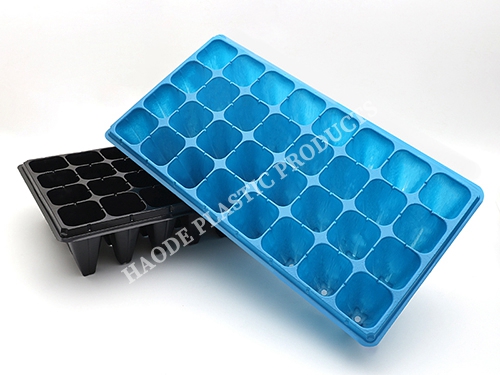
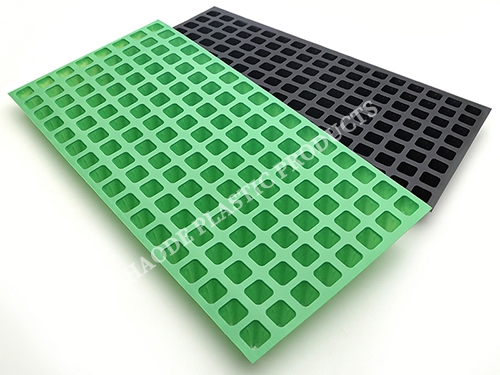
7. Tips for Using Lidded Seed Trays Effectively
·Moisten soil before sowing, not after
·Open vents daily to release excess humidity
·Avoid direct midday sun on clear lids
·Harden off seedlings gradually once sprouted
·Clean lids and trays between uses with mild bleach solution to prevent mold or fungi
Conclusion: Yes, Seed Trays with Lids Do Make a Difference
If you're serious about improving your seed-starting success, investing in quality seed trays with lids is a proven, science-backed choice. From moisture retention to faster sprouting and healthier seedlings, these trays help you take control of the earliest—and most important—stage of plant growth.
Avoid overpriced gimmick kits or untested alternatives. A durable, reusable seed tray with a ventilated lid remains one of the most cost-effective tools in any grower's arsenal.
References
GB/T 7714:Bewley J D, Black M. Seeds: physiology of development and germination[M]. Springer Science & Business Media, 2013.
MLA:Bewley, J. Derek, and Michael Black. Seeds: physiology of development and germination. Springer Science & Business Media, 2013.
APA:Bewley, J. D., & Black, M. (2013). Seeds: physiology of development and germination. Springer Science & Business Media.

The CNC Seed Braiding Machine is a high-precision, fully automated agricultural equipment s...
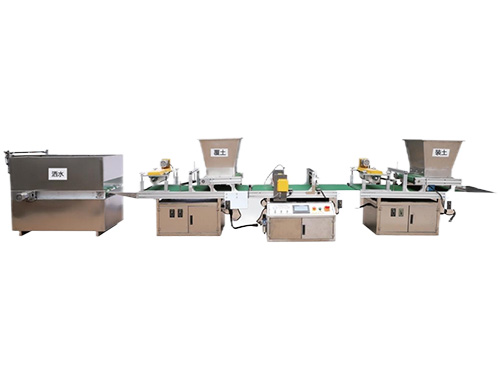
It adopts electrical integration and can be started by pressing the fully automatic button ...
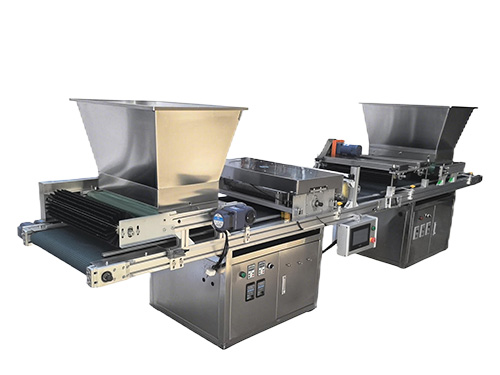
The XP750 seeder has stable performance, excellent product quality, simple and convenient o...
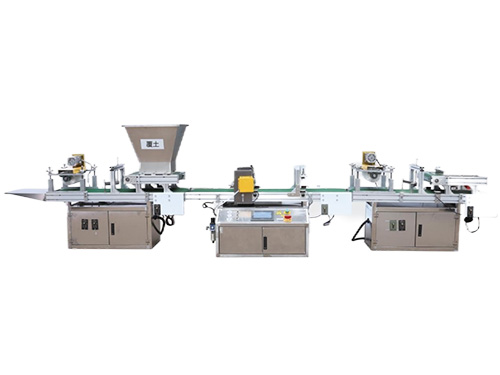
It adopts electrical integration and can be started by pressing the fully automatic button ...



